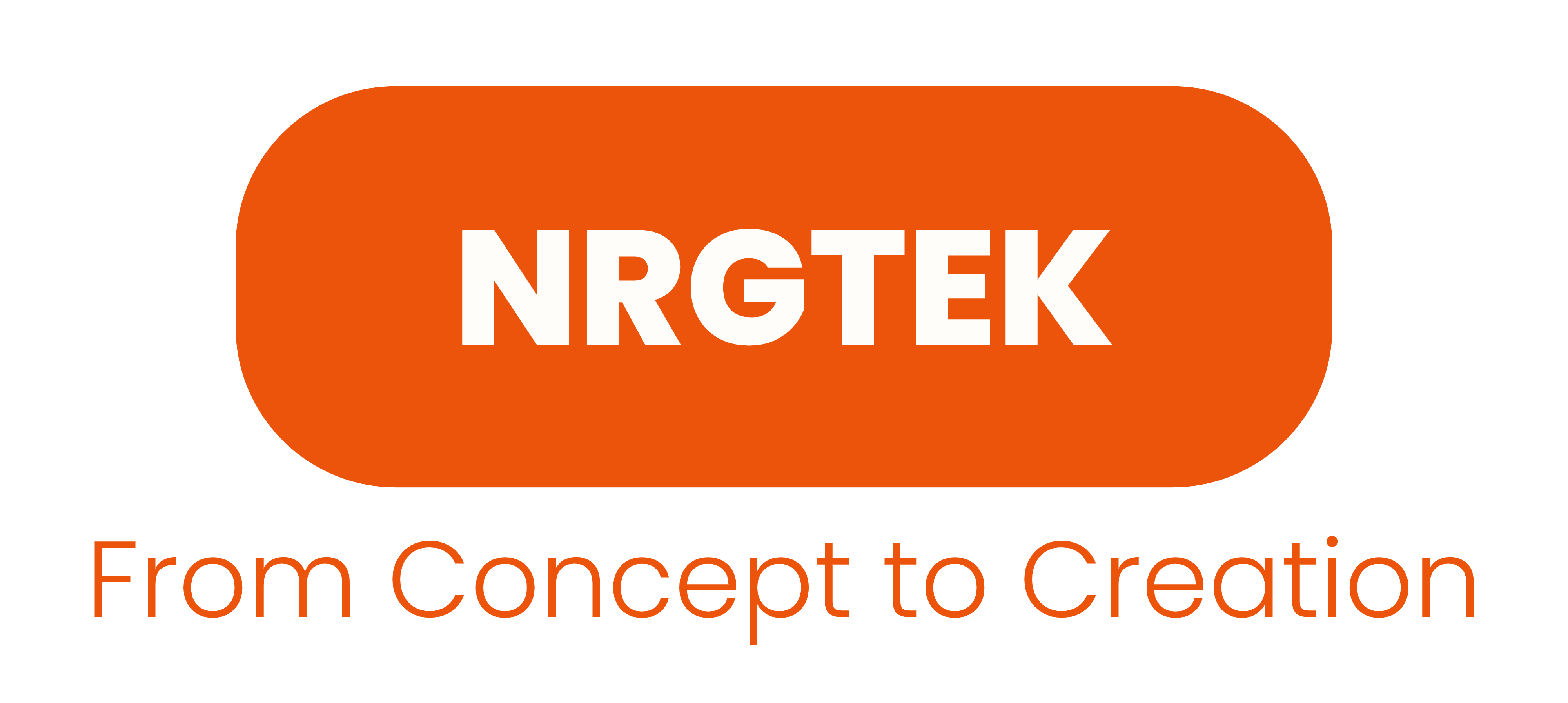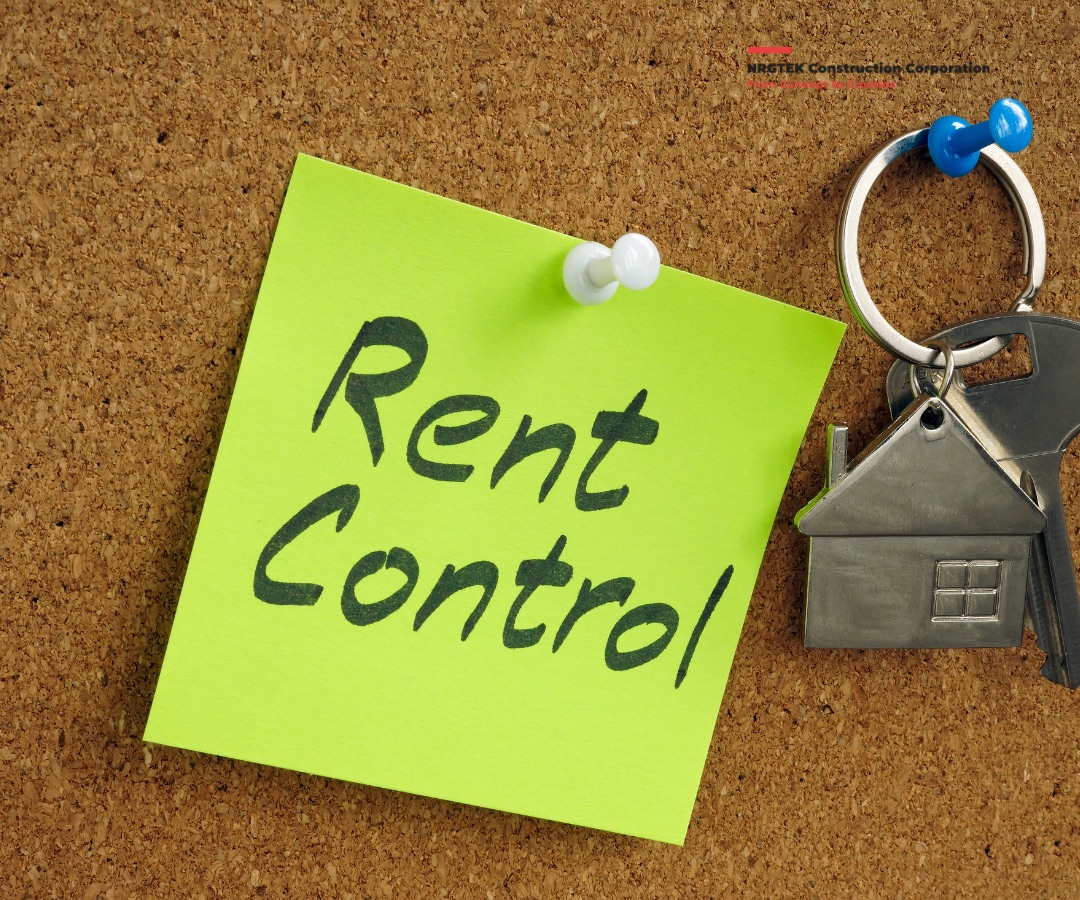
British Columbia (BC) is well known for its stunning natural beauty, energetic cities, and excellent standard of living. But the province also has serious problems with housing affordability, especially in big cities like Vancouver. The high cost of housing is becoming a major problem that affects peoples financial security and quality of life. A complex strategy including creative housing alternatives, governmental improvements, and community involvement is needed to address this issue. These are some tactics that could contribute to lower housing costs in British Columbia.
1. Increasing Housing Supply
One of the fundamental issues driving up housing costs is the imbalance between supply and demand. To address this, BC can:
Encourage High-Density Development: Zoning regulations should be loosened to permit higher-density housing developments, particularly in cities. This covers the building of townhomes, apartment complexes, and mixed-use developments.
Streamline Approval Processes: Simplify and expedite the approval process for new housing projects. Reducing bureaucratic delays can help increase the supply of housing more quickly.
Promote Infill Development: Construct new dwellings on underutilized or abandoned land in metropolitan areas already in place. This can lessen urban sprawl and make the most of the land that is available.
2. Affordable Housing Initiatives
Developing affordable housing units is crucial to ensuring that all residents have access to safe and affordable living spaces. Strategies include:
Government-Subsidized Housing: Increase funding for government-subsidized housing projects. These can provide affordable rental units for low- and middle-income families.
Inclusionary Zoning: Implement policies that require new residential developments to include a certain percentage of affordable units. This ensures that affordable housing is integrated into all communities.
Non-Profit Housing Development: Support non-profit organizations in developing affordable housing. These organizations often have the expertise and dedication to provide sustainable and affordable housing solutions.
3. Innovative Housing Solutions
Adopting innovative approaches to housing can help reduce costs and meet the needs of diverse populations. Examples include:
Modular and Prefabricated Housing: These construction methods can significantly reduce building time and costs. Modular homes are built off-site and assembled on-site, offering a quicker and often cheaper alternative to traditional construction.
Co-Housing and Shared Living Spaces: Encourage the development of co-housing communities where residents share common spaces and resources. This can reduce individual housing costs and foster a sense of community.
Accessory Dwelling Units (ADUs): Promote the construction of ADUs, such as basement suites or laneway houses, on existing properties. These units can provide additional rental income for homeowners and increase the overall housing supply.
4. Financial Assistance and Incentives
Providing financial support and incentives can help make housing more affordable for individuals and families:
First-Time Homebuyer Programs: Expand programs that offer financial assistance to first-time homebuyers, such as down payment grants, low-interest loans, and tax credits.
Rent Control and Assistance: Implement rent control measures to prevent excessive rent increases and provide rental assistance to those in need. This can help stabilize housing costs for renters.
Property Tax Relief: Offer property tax relief or incentives for homeowners, especially those with lower incomes. This can help reduce the overall cost of owning a home.
5. Partnerships and Community Engagement
Collaboration between various stakeholders is essential to address the housing affordability crisis effectively:
Public-Private Partnerships: Foster partnerships between government agencies, private developers, and non-profit organizations to develop and fund affordable housing projects.
Community Land Trusts: Support community land trusts, where land is owned collectively by a community organization, and housing is built and maintained for affordability.
Resident Participation: Engage residents in the planning and decision-making process for housing developments. This ensures that new projects meet the needs of the community and have local support.
Conclusion
A comprehensive strategy addressing supply, affordability, innovation, financial aid, and community involvement is needed to make housing affordable in British Columbia. By putting these tactics into practice, BC can develop a more sustainable and inclusive housing market, guaranteeing that all citizens have access to decent, reasonably priced housing. Though it will be a difficult road, affordable housing in British Columbia can materialize with concerted efforts and a dedication to change.











